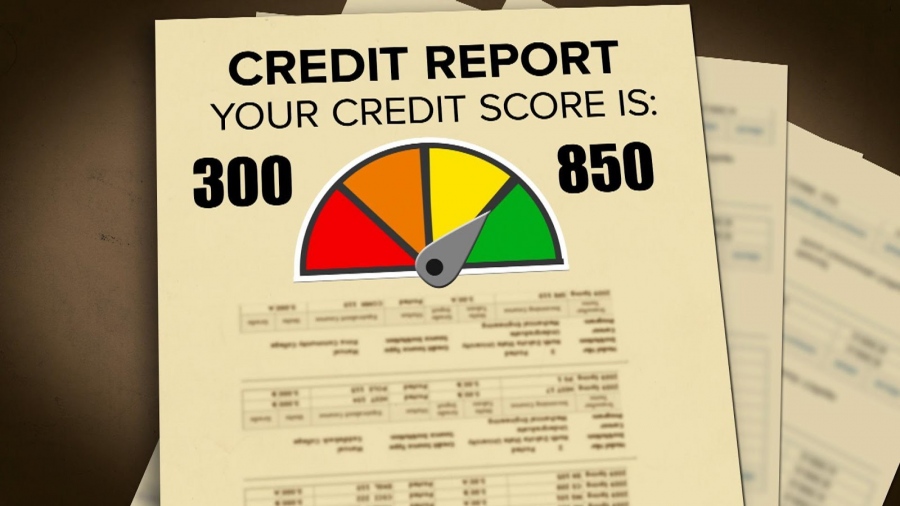How to define the marketing positioning strategy of your company? How to target the best customer segment? How to make the right business choices?
Any business, even the smallest, must have a clear marketing positioning. It is a fundamental element of its strategy.
Definition: Marketing positioning is a strategic choice for the company with a view to giving its commercial offer a suitable, attractive and different position from the competition. Marketing positioning must meet the demand of the targeted clientele.
The marketing positioning strategy therefore corresponds to a value proposition made to potential customers. Adequate and successful marketing positioning must be:
simple: it must be able to be summed up in a sentence or a slogan,
consistent: the product must be in line with the price, the place where it is sold, the advertising, the logo, the animated videos colors or even the packaging,
relevant: the positioning must respond in a concrete way to a customer’s need,
credible: the promise made to the customer must not be unrealistic,
differentiated: the offer must not copy the competition,
authentic and sincere: the positioning must be reassuring in the eyes of the potential customer,
Profitable and sustainable: positioning is a central element of the company’s economic model.
To find the right marketing positioning, you have to follow different steps.
1) Conduct market research.
A fundamental step in the creation of a business, the market study aims to confront its idea with the reality on the ground.
Market research consists of gathering and analyzing information in order to better understand a market and its stakeholders. The results of the study are a basis for:
identify different market segments,
choose one or more target segments,
Start to imagine a strategic positioning adapted to the expectations of the target segment (s).
Market research therefore takes place upstream from segmentation and the choice of positioning. However, it is possible and even advisable to continue the market study after identifying the target and developing the offer, for example through a questionnaire intended to validate the main strategic choices.
To learn more, see our articles on market research:
The best market research methods
The market research questionnaire
2) Segment the market.
As we have just seen, one of the main objectives of market research is to identify different customer segments in order to better understand the market and later to choose the customer subgroup (s) that will constitute the target.
A customer segment is a group of customers with homogeneous characteristics, behaviors and needs.
Different criteria will have to be chosen in order to “classify” customers into segments. Among the criteria that can be used are: age, sex, socio-professional category, intention, habits, hours of consumption, lifestyle, activities, opinions, reason for presence, etc.
For example, the study of the restaurant market in downtown Toulouse will certainly lead to the identification of the following customer segments:
employees and workers: lunchtime customers looking for speed,
students: lunchtime customers looking for quick, affordable and take-out food,
tourists: midday and evening customers looking for local food,
business travelers: evening customers looking for south-western cuisine,
families: weekend customers looking for international food,
Retirees: evening and weekend clientele seeking quality, local food.
Once the customer segments have been identified, it will be a question of targeting the one or those on which it seems interesting to position oneself according to the other parameters of the project (see our article on the determination of the economic model).
For example: the restaurateur chooses to target employees as well as students because the commercial space he has identified is located near universities and administrations. On the other hand, it will allow him to concentrate his activity around midday.
3) Choose a marketing positioning.
Once the market segment (s) have been targeted, the entrepreneur must develop a clear marketing positioning. Let’s repeat, it’s about choosing a positioning:
easy to explain,
coherent in all its aspects,
relevant and credible vis-à-vis the target clientele,
different from that of competitors,
sincere and authentic, that is to say reassuring for everyone,
And finally profitable and sustainable.
Positioning can also take the form of a “marketing concept”: it is a central, meaningful idea that characterizes the offer of a company. For example, creating a “concept” consists of associating two ideas between which an obvious and reassuring link can be established.
An example of successful marketing positioning: Caudally.
The cosmetics brand caudally has adopted a clear and promising marketing and commercial positioning: the concept is that of wine therapy (products made from grape seed oil). The success of Caudle’s positioning is based on the idea of associating the world of wine with the world of cosmetics: these two worlds indeed evoke French know-how, luxury and quality. The positioning is therefore clear, coherent, legible, innovative and authentic. It works both in France and abroad. It is reinforced by the personal and authentic history of the founders, from the Bordeaux region.
4) Define your marketing mix.
Once the overall strategy and the marketing positioning have stabilized, it remains to adapt them to the commercial and operational level, through a coherent marketing-mix.
The marketing-mix is the set of choices to be made to ensure the success of a product or service in its market: it involves structuring commercial decisions and actions into four main axes:
WHAT TO OFFER? Choice and definition of products or services: ranges, characteristics, presentation, format, packaging, level of range, quality, etc.
AT WHAT PRICE? Choice of price level,
OR? Choice of distribution channels: own store, distribution through wholesalers or retailers, internet …
HOW TO COMMUNICATE? Choice of name, logo, sign, slogan and colors. Choice of communication actions to make the product known, to have it tried, to buy and to build loyalty.






















Leave a Reply